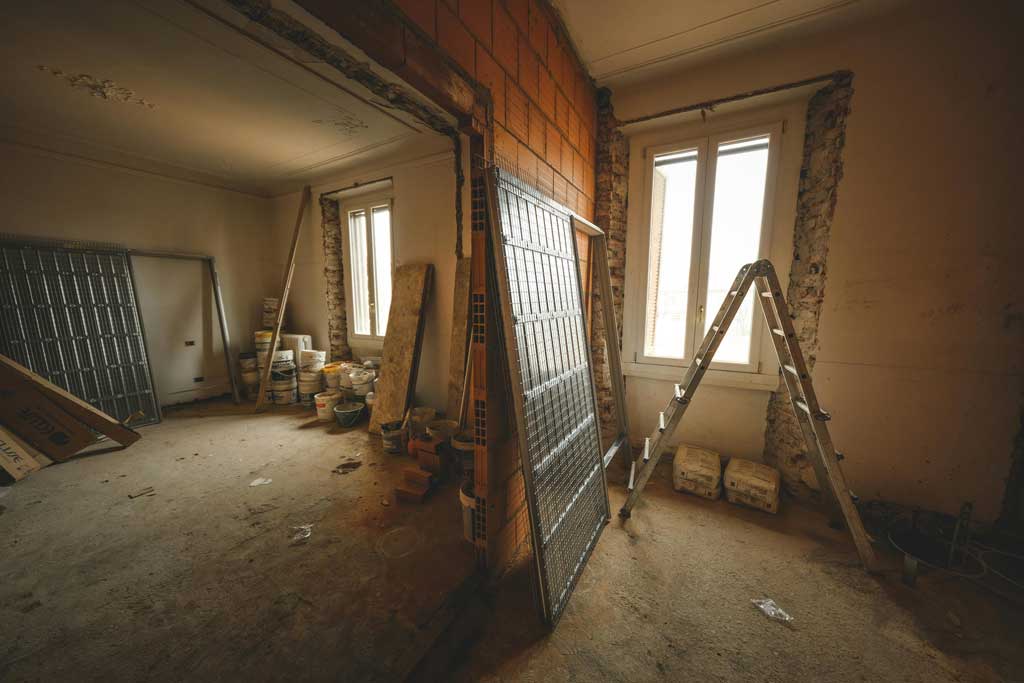 Photo by Francesco Ungaro on Pexels
Photo by Francesco Ungaro on Pexels
Flipping abandoned homes can be an incredibly lucrative venture for those with the vision and determination to see a project through from start to finish. From understanding the market to selling the renovated property, there are many critical steps involved in the process. If you're considering diving into the world of home flipping, it's essential to be well-informed and prepared for the challenges you may face. Keep reading for some crucial tips to help you succeed in this exciting field.
Flipping abandoned homes starts with a solid grasp of your local real estate market. Study current housing trends, comparable sales, and what buyers in your area want. Focus on neighborhoods with strong growth potential—those seeing new infrastructure, job opportunities, and good schools. Spotting an up-and-coming area early can lead to higher returns, much like how businesses such as Authorized Heating & Air Conditioning in Greenville, SC, thrive by anticipating community growth.
You’ll also need to identify which property types sell best—whether single-family homes, condos, or townhouses—to match market demand. Keep a close eye on foreclosures and property auctions for good deals, but evaluate renovation costs carefully. Some homes might require more work than they’re worth, especially if they’ve been neglected for years or sit in less desirable areas, much like scrap that’s better left to a Saginaw scrap yard.
When evaluating an abandoned home, focus on its structural integrity rather than surface flaws. Inspect the foundation, roof, plumbing, and electrical systems, as these areas often involve the highest repair costs. Hiring a qualified home inspector or contractor provides an expert assessment, helping you estimate renovation expenses accurately and decide if the investment is financially sound.
Examine the layout and potential for modern upgrades. Buyers favor open-concept designs and updated features, so assess whether walls can be removed safely or if space allows for a larger kitchen or extra bathroom. Don’t overlook curb appeal—simple landscaping, fresh paint, and walkway repairs can dramatically improve first impressions and increase resale value.
Securing the right financing is essential when purchasing and renovating an abandoned property. Explore options such as traditional bank mortgages, home equity lines of credit, or hard money loans, comparing interest rates and repayment terms to find one that aligns with your investment goals. Establishing a detailed budget helps you allocate funds efficiently across all renovation stages and ensures you include a 10–20% contingency buffer for unexpected expenses.
Account for long-term holding costs like utilities, property taxes, and insurance, especially if the project timeline extends. Streamline renovations to maintain quality while maximizing profit, focusing on upgrades that enhance value and appeal without overspending or delaying completion.
Before beginning renovations, make sure you’re familiar with local building codes, zoning regulations, and required permits. Skipping these steps can cause costly fines, project delays, or forced reversals of completed work. It’s also wise to review any historic preservation rules that apply, as certain homes or neighborhoods may have restrictions to preserve architectural integrity.
Understanding tax implications is equally important. Profits from house flipping are usually taxed as ordinary income, so consulting a tax professional can help identify potential savings. Older homes may contain hazardous materials like asbestos or lead paint, requiring careful handling and disposal to meet environmental and safety standards.
Once renovations are complete, focus on presenting your flipped property in the best light. Professional listing photos, engaging descriptions, and home staging can dramatically boost perceived value. Work with a skilled real estate agent to determine a competitive price that attracts buyers while maintaining your profit margin. Strategic pricing backed by market data helps position your property effectively among comparable listings.
Maximize visibility through open houses and private tours, ensuring the home is spotless and inviting. Be transparent about upgrades and repairs to build buyer confidence. Stay responsive and adaptable during negotiations—swift communication and flexibility often secure faster, more profitable deals in competitive markets.
Altogether, successful home flipping hinges on thorough market research, accurate property assessment, savvy financial planning, adherence to legal requirements, and strategic marketing. By following these guidelines, you can transform abandoned homes into desirable properties and achieve lucrative returns on your investments.
Discover our other works at the following sites:
© 2025 Danetsoft. Powered by HTMLy